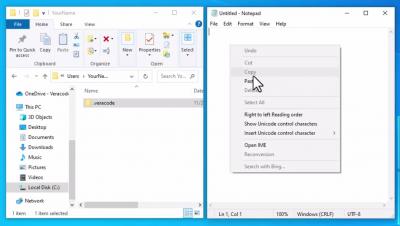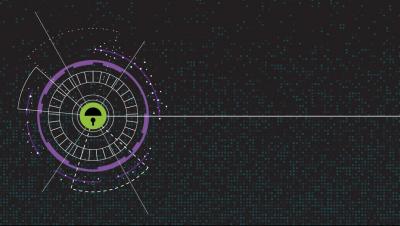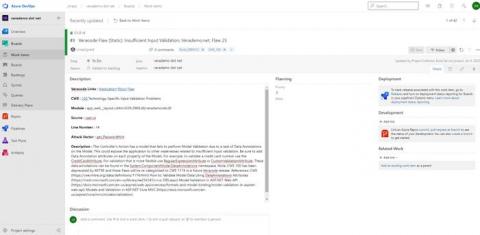Security | Threat Detection | Cyberattacks | DevSecOps | Compliance
Application Security
The latest News and Information on Application Security including monitoring, testing, and open source.
Will Biden's National Cybersecurity Strategy Trigger AppSec Change?
Every federal administration for the past 20 years has issued a cybersecurity strategy, so in one sense the National Cybersecurity Strategy issued by the Biden administration on March 2, 2023 is not unexpected. The big difference, however, lies in the recommendations: For the first time, the government is pressing for regulatory mandates on key industry sectors that control wide swathes of critical infrastructure nationwide.
Just Who Exactly Should Take Responsibility for Application Security?
Recent high-profile software supply chain breaches have sharpened the focus on application security. But as cybersecurity professionals know all too well, concern doesn’t always equate to action. In theory, the rise of DevSecOps best practices that shift responsibility for application security further left should reduce the number of vulnerabilities that now routinely make it into production applications. However, real life is a little messier.
Instantly scalable dynamic application security testing
AppSec Decoded: Managing your open source risks | Synopsys
How to Easily Generate An Accurate Software Bill of Materials (SBOM) with Black Duck | Synopsys
How to integrate continuous API fuzzing into the CI/CD?
API security is a growing concern for businesses that offer or consume APIs. APIs, or application programming interfaces, allow different software systems to communicate and exchange data. They allow businesses to build integrations and connect with partners, customers, and other stakeholders. However, as more sensitive data is being shared through APIs, it is essential to ensure that these interfaces are secure and protected from unauthorized access or manipulation. In this blog post, we'll discuss how continuous fuzzing can be a powerful tool to secure APIs and how developers can adopt a "secure by default" approach by integrating continuous fuzzing into SDLC processes.
AppSec Decoded: Open source trends uncovered in the 2023 OSSRA report | Synopsys
SAST Tools: How to Integrate and Scale Security Workflows in the SDLC
Static Application Security Testing (SAST) tools present a significant opportunity for organizations looking to reduce application security risk. However, not all workflows or tools are created equal. Using the right SAST tools at the right times, you can seamlessly integrate and scale security workflows throughout the software development lifecycle (SDLC).
The CISO's Guide to Application Security Innovation
Threat actors operate by an ironclad rule: If it’s important to businesses, it’s important to them. And they certainly understand the crucial business role of applications. Applications are now the number one attack vector, while software supply chain attacks increased 650 percent in a year. Clearly, if you don’t already have a modern application security program, you need to build one. But how do you make sure that your program will be effective?











